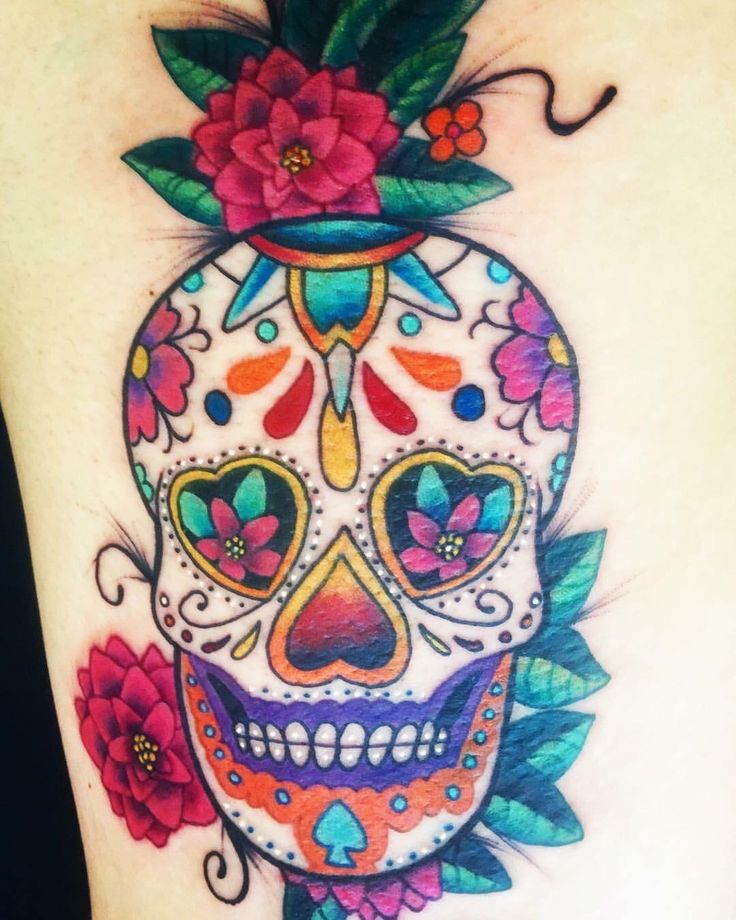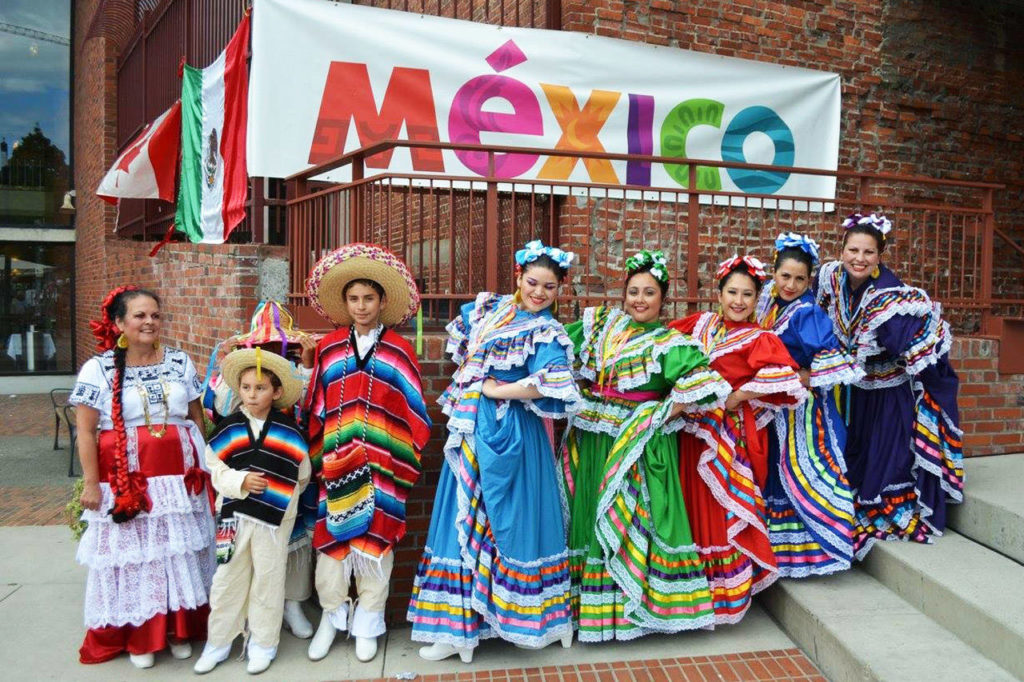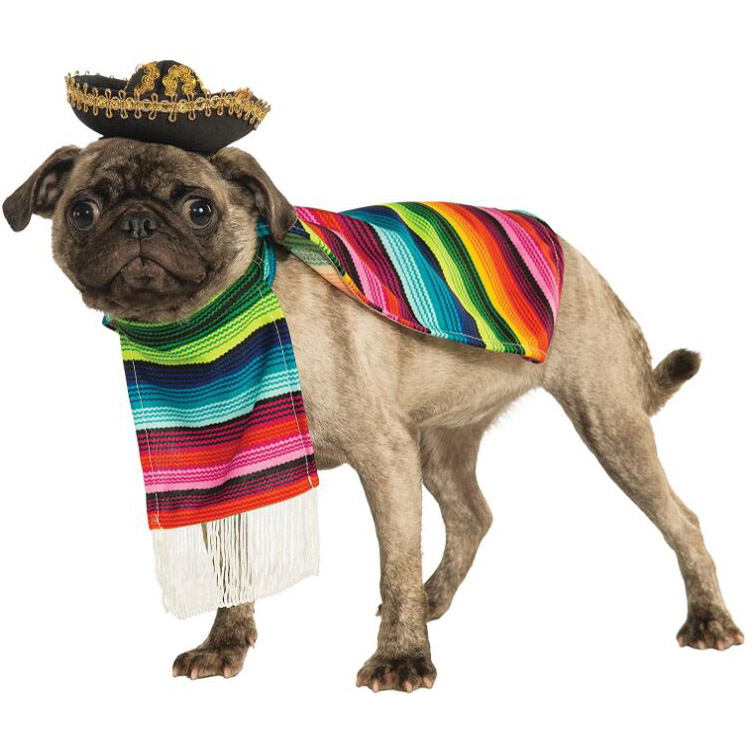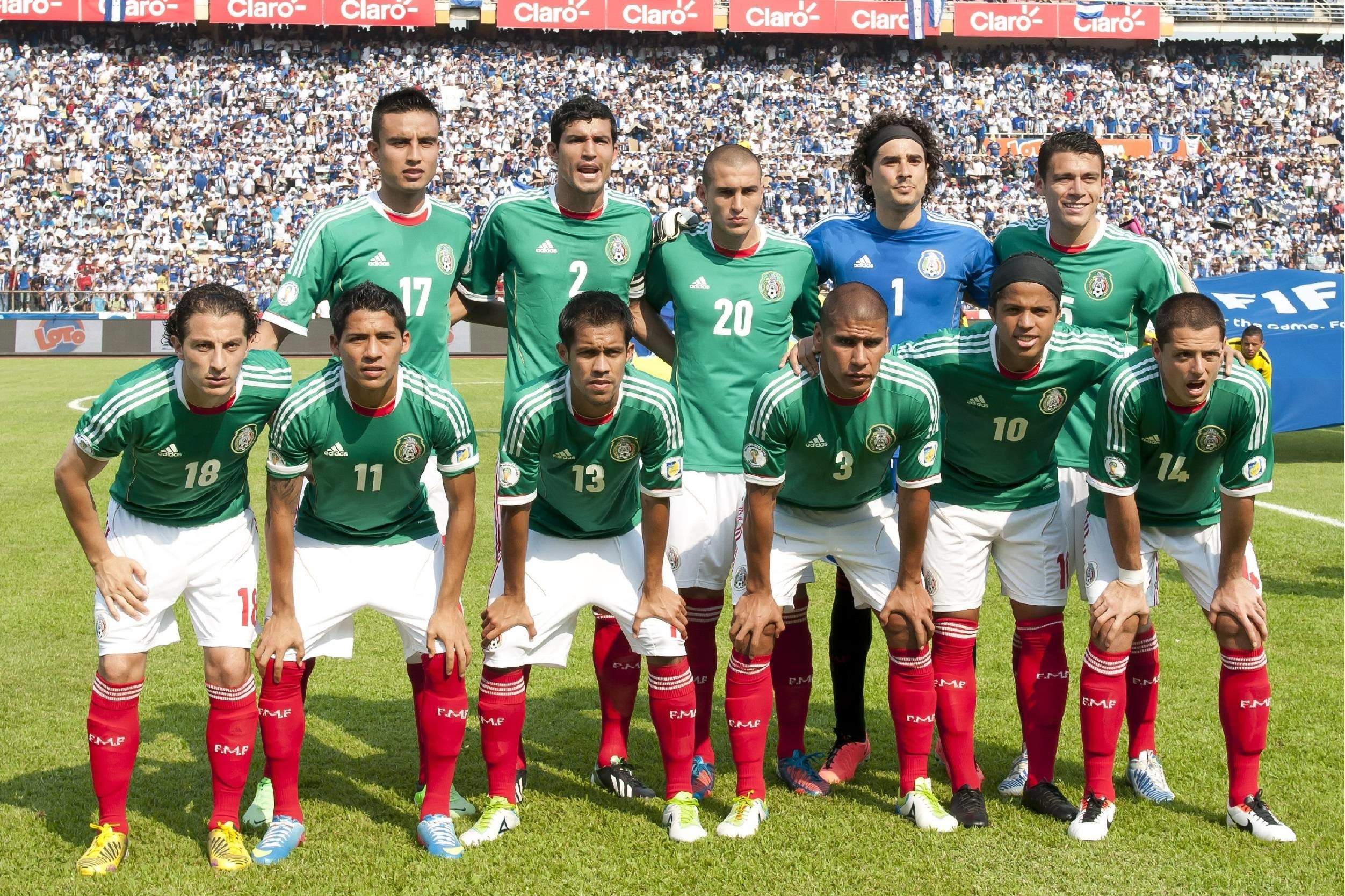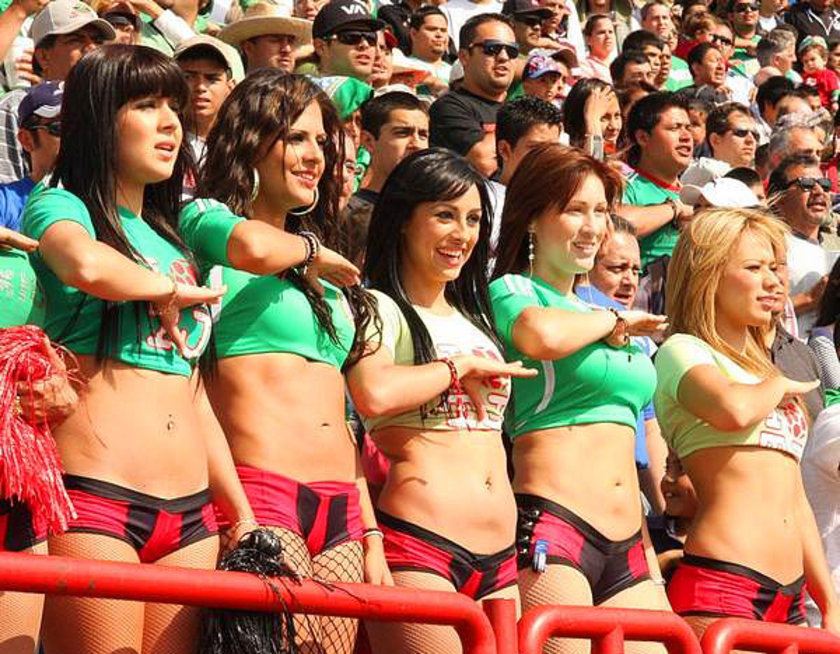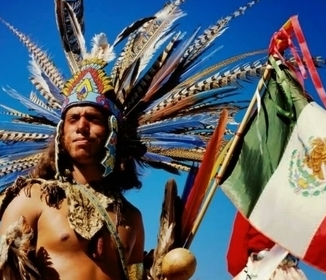
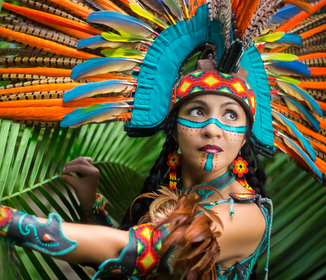
Mexican Tattoos Overview
Mexican tattoos can be divided into two main categories: Mexican religious tattoos and non religious tattoos.
Mexican Religious Tattoos
Tattoos have been a part of traditional Mexican culture for thousands of years.
Almost all Mesoamerican pre-Columbian civilizations were familiar with tattoos and were very fond of them.
Nowadays, many Mexicans have tattoos whose themes are taken from Mayan, Inca or Aztec religious art.
The Aztec empire was the biggest, most advances and the last pre-Columbian civilization. This is why tattoos with the Aztec’s themes are most frequent in present Mexico and among Mexicans living in the United States and other countries.
There are many types of the Aztec tattoos such as the social tattoos which are used to mark a persons social status or the ID tattoos which are used to differentiate between the different tribes.
Most important and most elaborated Aztec tattoos were the religious tattoos that were done during religious rituals and in honor of one of the many Aztec Gods.
Nowadays most famous Aztec religious tattoos are the tattoos of Aztec sun god, god of warriors, and of course the most powerful Aztec god god of water, fertility and creativity. Other popular Aztec tattoos are the eagle, sun and moon, stars, cross tattoos and Aztec’s calendar.
A very frequent religious tattoo in Mexico is the regular design of the Virgin of the Guadalupe. Virgin of Guadalupe appeared in Mexico City in the 16th century and since then became one of the most important icons in Mexico. Its image was the very first flag of Mexico and it represents Mexican commitment to the religion, love and freedom.
Famous Mexican Skull tattoos are inspired by the Mexican religious holiday in which Mexicans pray and remember their family members and friends that have passed away. This day is called the Day of the Dead and its symbol is the human skull thus the skull tattoos.
Mexican Nonreligious Tattoos
Nonreligious Mexican tattoos can be broken into few categories: Mexican Pride tattoos, Mexican prison tattoos and political tattoos.
Mexican Pride Tattoos
Great example of Mexican pride tattoos are the Mexican flag tattoos. Mexicans love and adore their flag. They have a national holiday dedicated to their flag as well as the civil oath and salute to the flag.
However the most impressive and explicit example of the Mexicans devotion to their flag are the monumental Mexican Flags that are placed across the country. The biggest monumental flag has a pole of 270 feet, and measures 120 by 70 feet and weights almost 500 pounds!
Now you can better understand why Mexicans that live in the United States often get a Mexican flag tattoo. However, this is not the only Mexican pride tattoo. There are many others and they include all of the above.
Mexican Prison Tattoos
Very notorious Mexican tattoos are the Mexican prison tattoos. These tattoos became very popular in the 1950 when Mexican Mafia, the first Mexican prison gang, was founded.
If you know how to read prison tattoos you can find out a lot about a person. For example there is a big difference if a person has a tattoo of the number 13 or the number 14 because number 13 stands for the Mexican Mafia and the number 14 stands for Nuestra Familia. Of course these two gangs are not just rivals but the worst enemies as well.
Other things that you can find out about a prisoner, a side from the membership to a certain prison gang, is what kind of the weapon he likes to use, how many people he have killed, in how many prisons he have been as well as his rank in the gang and name of a loved one.
In conclusion, Mexican tattoos can tell a life story, they can be expression of pride, love and hope; or sadness and loss of a loved one. They can also be political statements or represent religious beliefs.
